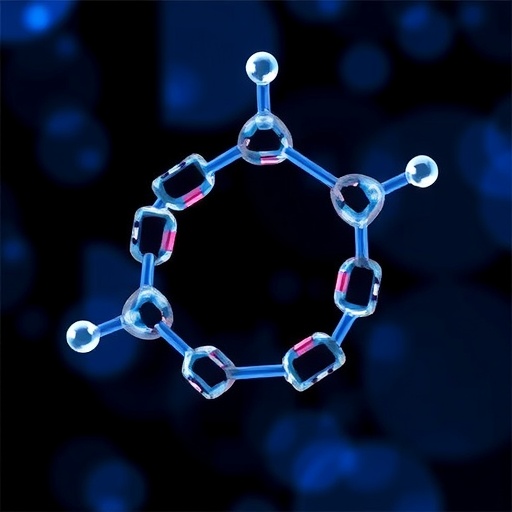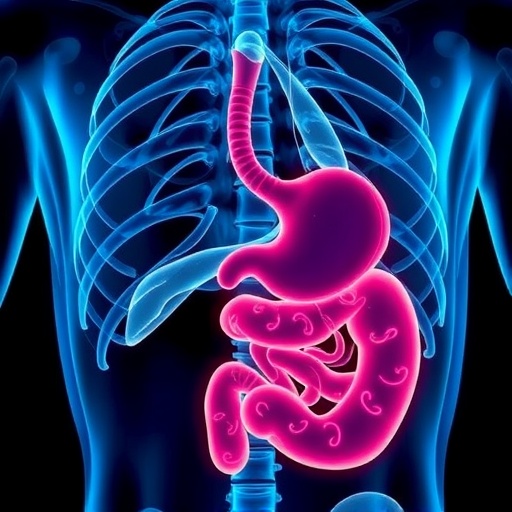In the realm of synthetic chemistry, the reduction of sulfoxides, a fundamental transformation in organic synthesis, has gained significant attention. Reviewing the advancements in transition metal-catalyzed reduction methodologies over the last decade reveals a fascinating evolution in the field. This transformation is not merely a synthetic step; it connects various domains of chemistry, offering pathways to more efficient chemical processes, novel compound synthesis, and enhanced functionalization of organic materials. Given the diverse applications of sulfoxides in pharmaceuticals, agrochemicals, and materials science, the implications of these developments extend far beyond the laboratory.
Sulfoxides, characterized by the presence of a sulfur atom double-bonded to an oxygen atom and single-bonded to two carbon atoms, serve as important intermediates in organic synthesis. The reduction of sulfoxides to their corresponding sulfides opens many avenues, facilitating the synthesis of new compounds with tailored structures. However, the traditional methods of sulfoxide reduction often suffer from limitations such as harsh reaction conditions, low selectivity, and the requirement for stoichiometric reagents. These challenges have catalyzed a search for more efficient and environmentally friendly alternatives within the scientific community.
A breakthrough in this area comes from the advent of transition metal catalysts, whose ability to promote reductions under milder conditions marks a significant improvement. Transition metals such as palladium, rhodium, and nickel have been identified as effective catalysts, enabling researchers to achieve higher yields and greater selectivity in sulfoxide reduction reactions. Their application not only enhances the efficiency of these transformations but also offers a platform for the development of more sustainable chemistry practices. By reducing reliance on stoichiometric reducing agents, these catalyst systems pave the way for greener synthetic processes.
Over the past decade, numerous studies have documented the successful application of transition metals in sulfoxide reductions. Each contribution builds on the understanding of how catalyst design, reaction conditions, and substrate characteristics influence the outcome. For instance, researchers have explored the use of different ligands that can enhance the activity and selectivity of metal catalysts. By fine-tuning these variables, chemists have been able to adapt reduction conditions to better suit specific sulfoxides, effectively broadening the scope of this methodology.
Additionally, the integration of novel coupling reactions with sulfoxide reductions has emerged as a promising strategy. Such approaches allow for simultaneous functionalization during reduction, significantly improving molecular complexity in a single synthetic step. This tactic reflects the shift towards more holistically designed synthetic routes that embrace multi-functionality, progressing beyond mere reductions to a more comprehensive strategy in organic synthesis. As a result, this evolution in methodology has implications for streamlined processes in pharmaceutical development, where the rapid creation of complex molecular frameworks is crucial.
Another noteworthy aspect of the decade’s advancements is the exploration of photoredox and electrochemical methods for catalyzing sulfoxide reductions. These contemporary techniques harness the power of light and electricity to drive chemical reactions, presenting an attractive alternative to conventional thermal methods. Researchers are increasingly investigating the potential of visible light as an energy source, thus addressing the growing demand for energy-efficient and sustainable chemical processes. Electrochemical approaches are similarly gaining traction, offering the potential for in-situ generation of reducing agents that can facilitate sulfoxide reductions without the need for toluene or other harsh solvents.
The involvement of these innovative paradigms is not confined to merely increasing yields but extends to the reduction of environmental impact. In an era where the sustainability of chemical processes is paramount, the development of transition metal-catalyzed sulfoxide reductions underscores the dual benefit of enhanced efficiency and reduced waste. This alignment with green chemistry principles exemplifies a broader trend in contemporary research, highlighting the future trajectory of the field as it strives to integrate principles of sustainability into chemical synthesis.
As these methodologies develop, significant attention has been given to the detailed mechanistic understanding of the reactions involved. Elucidating the catalytic cycles and pathways not only expands the theoretical knowledge base but also provides practical insight that can inform further innovations. By analyzing how transition metals interact with substrates during the reduction process, chemists can identify bottlenecks and inefficiencies in current methods, thereby guiding the design of new catalysts or improving existing ones.
Despite the considerable advancements, challenges remain within the domain of transition metal-catalyzed sulfoxide reductions. For instance, selectivity remains a primary concern, with certain substrates showing susceptibility to over-reduction or undesired side reactions. Addressing these challenges requires ongoing research efforts to refine catalyst design and to propose new strategies for controlling reaction outcomes. This area of investigation not only promises to enhance our ability to synthesize specific targets but also contributes to the broader understanding of transition metal catalysis itself.
The last decade has indeed marked a profound transformation in the landscape of sulfoxide reduction through the advancement of transition metal-catalyzed techniques. As the field continues to grow, expanding to incorporate new methodologies and paradigm shifts, the potential for future discoveries remains vast. The exploration of novel catalysts, innovative reaction conditions, and the integration of green chemistry principles will be pivotal in shaping the next era of synthetic chemistry.
In conclusion, the ongoing journey of discovering and optimizing transition metal-catalyzed sulfoxide reductions illustrates an essential aspect of modern chemistry. The intersection of practical synthesis and theoretical knowledge reflects an era where researchers aim to balance efficiency with sustainability. Through collaborative efforts and a commitment to innovation, this area of study promises to yield new avenues for chemical transformations that are both impactful and responsible.
As researchers build upon the foundations laid by their predecessors, it becomes increasingly clear that the path forward is one of integration. The collaboration between various branches of chemistry, from organic synthesis to catalysis and materials science, enhances the potential for breakthroughs that may redefine synthetic methodologies. Therefore, as we look forward to the next decade, one thing remains certain: the advancements in transition metal-catalyzed sulfoxide reductions will continue to inspire and facilitate a more sustainable and efficient future in the world of chemistry.
Subject of Research: Transition metal-catalyzed sulfoxide reductions
Article Title: A decade of progress in transition metal-catalyzed sulfoxide reductions
Article References:
Shuheil, M.A., Ali, R., Abosaoda, M.K. et al. A decade of progress in transition metal-catalyzed sulfoxide reductions.
Mol Divers (2025). https://doi.org/10.1007/s11030-025-11346-9
Image Credits: AI Generated
DOI: 10.1007/s11030-025-11346-9
Keywords: Transition metal, sulfoxide reduction, catalysis, organic synthesis, sustainability.
Tags: advancements in synthetic chemistryapplications of sulfoxides in pharmaceuticalschallenges in traditional sulfoxide reductionefficient chemical transformationsenvironmentally friendly chemical processesfunctionalization of organic materialsimplications of sulfoxide reduction advancesmilder reaction conditions in chemistrynovel compound synthesis techniquesreduction of sulfoxides to sulfidessulfoxide reduction methodstransition metal catalysis in organic synthesis






